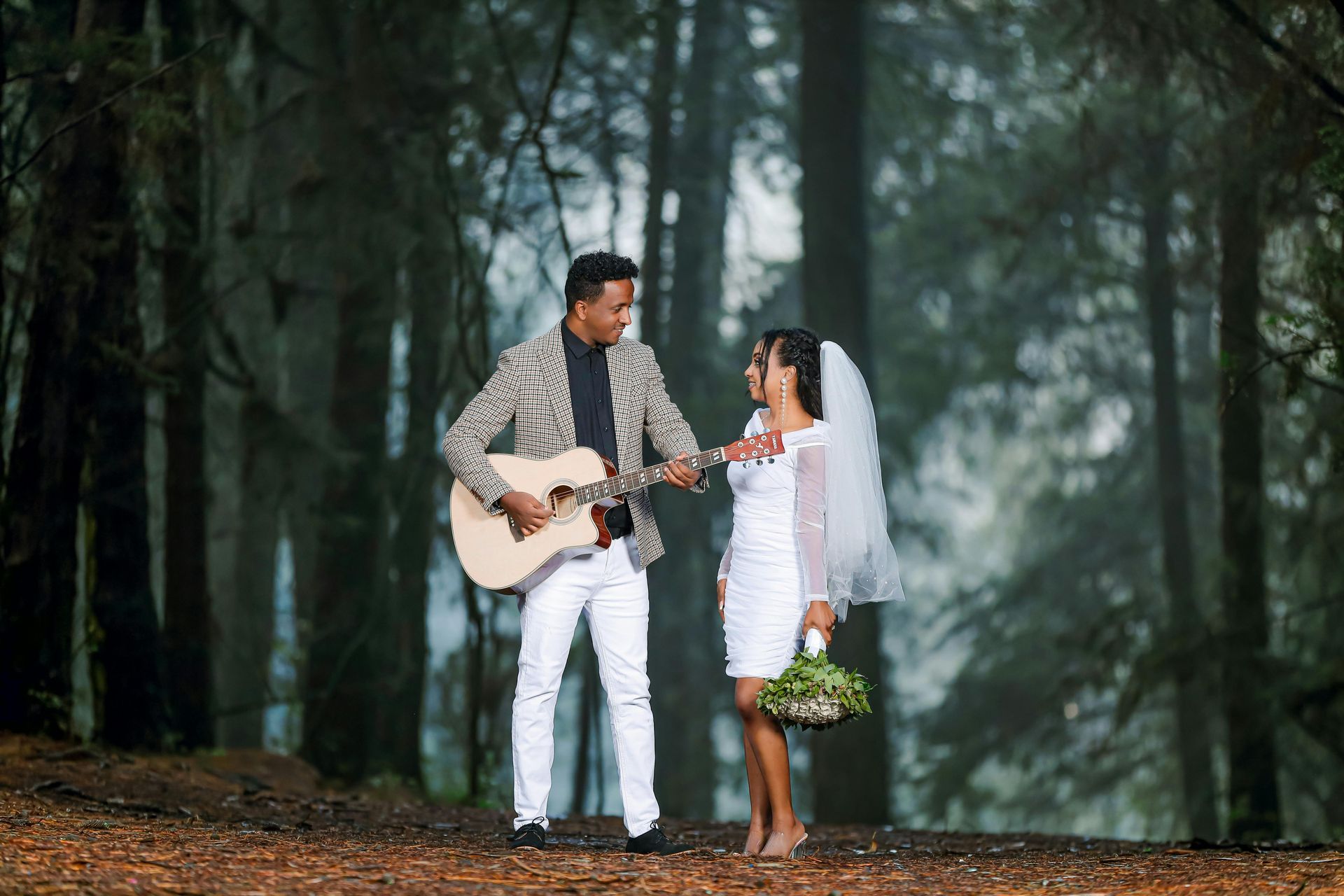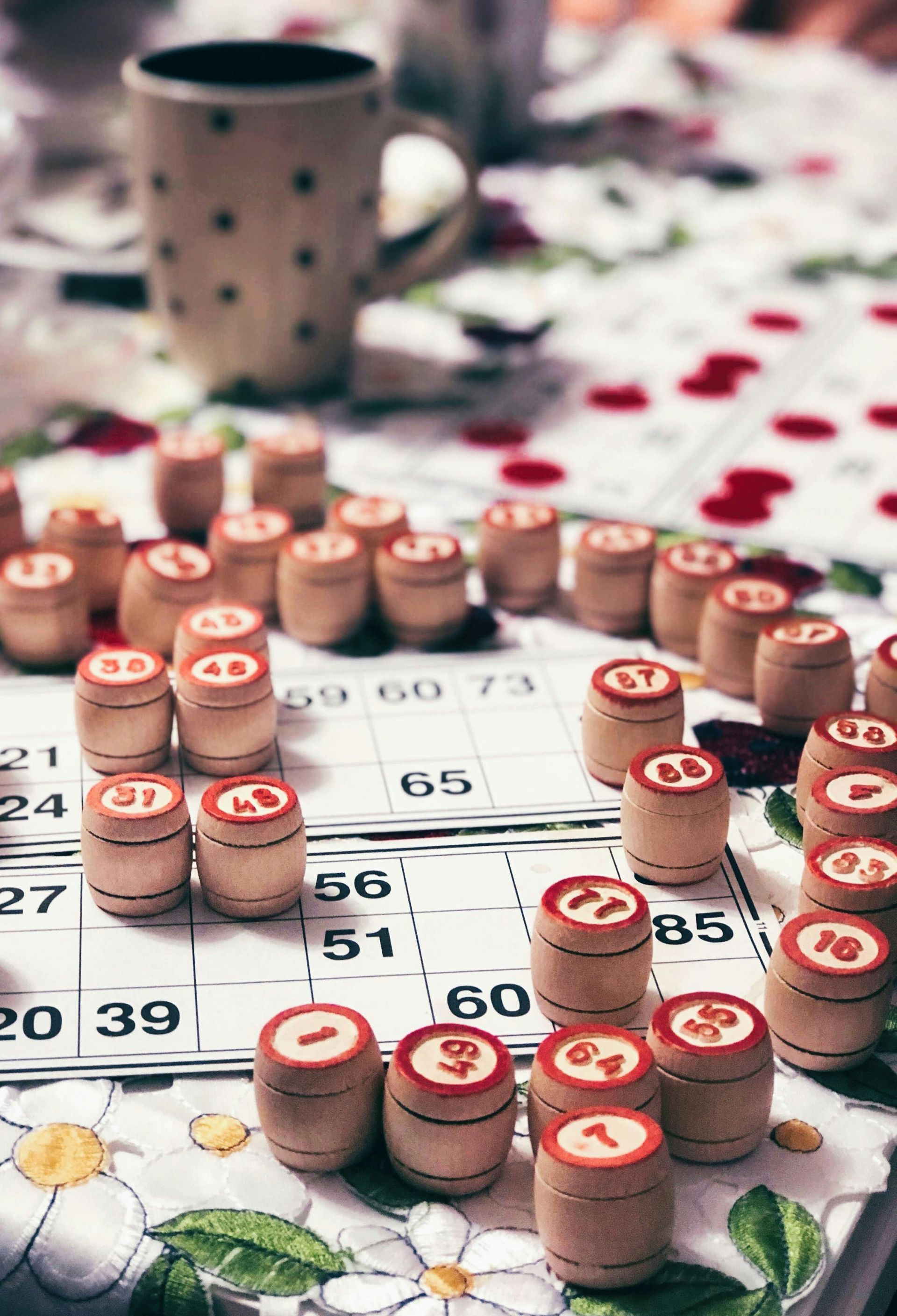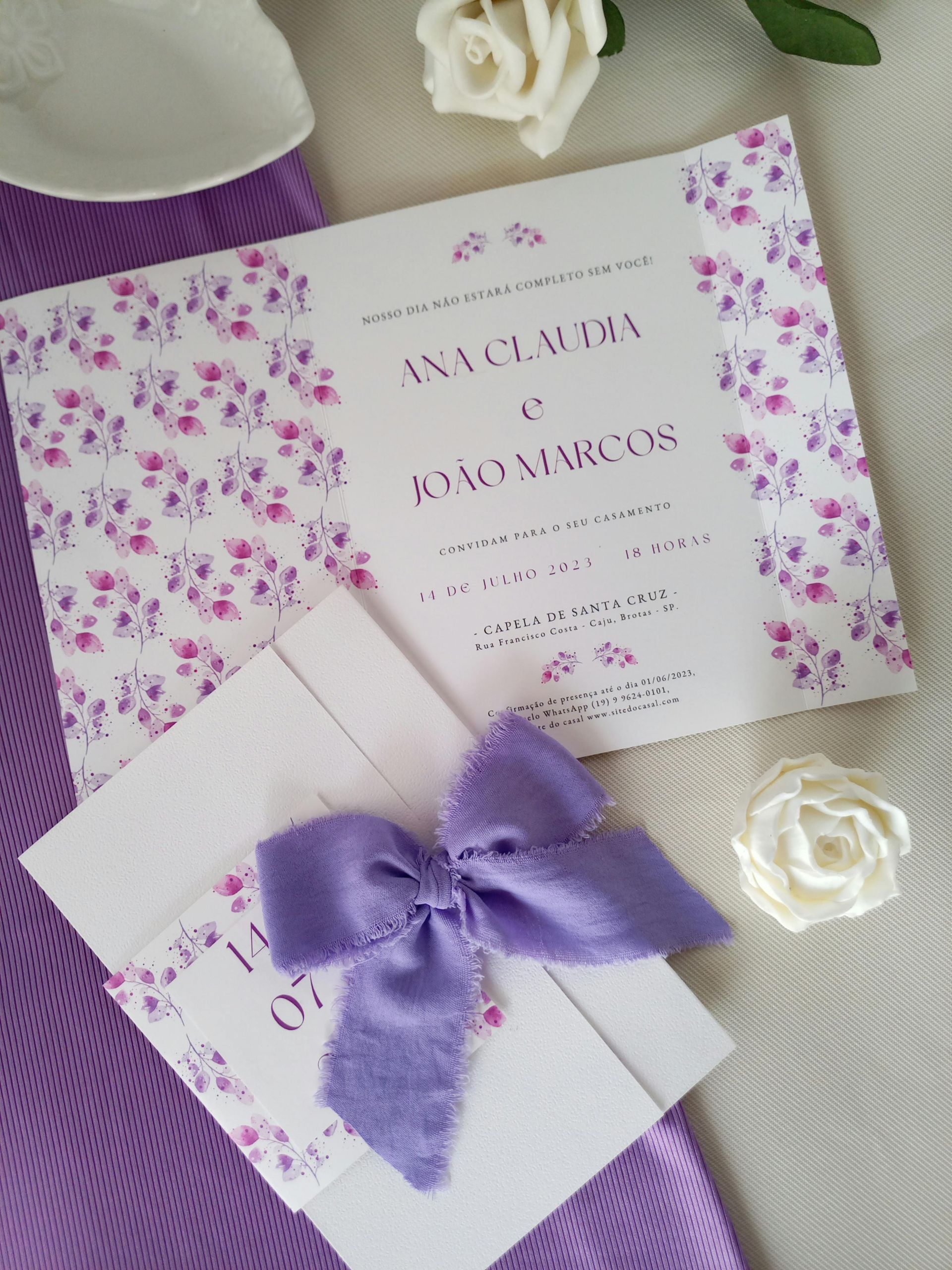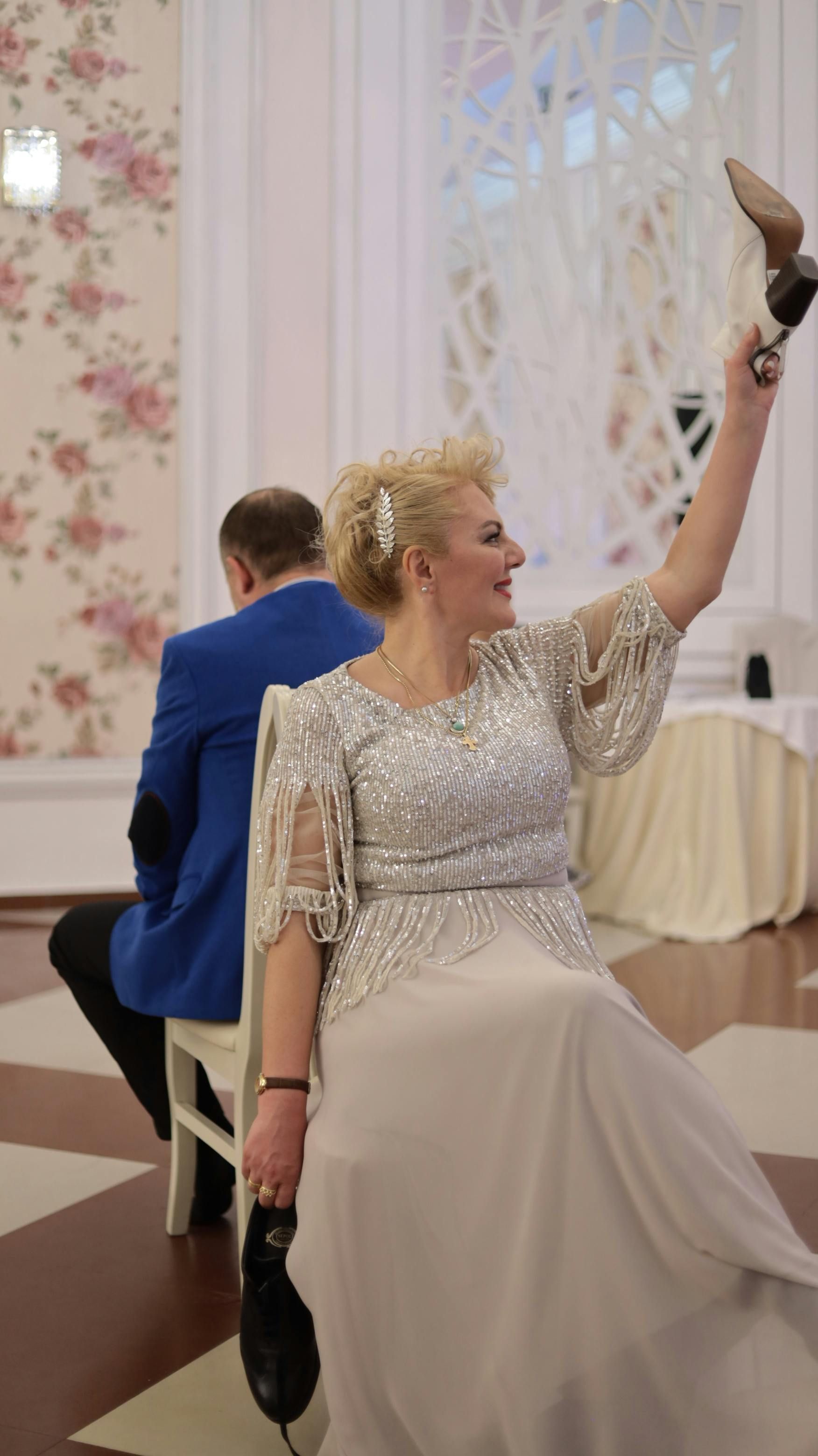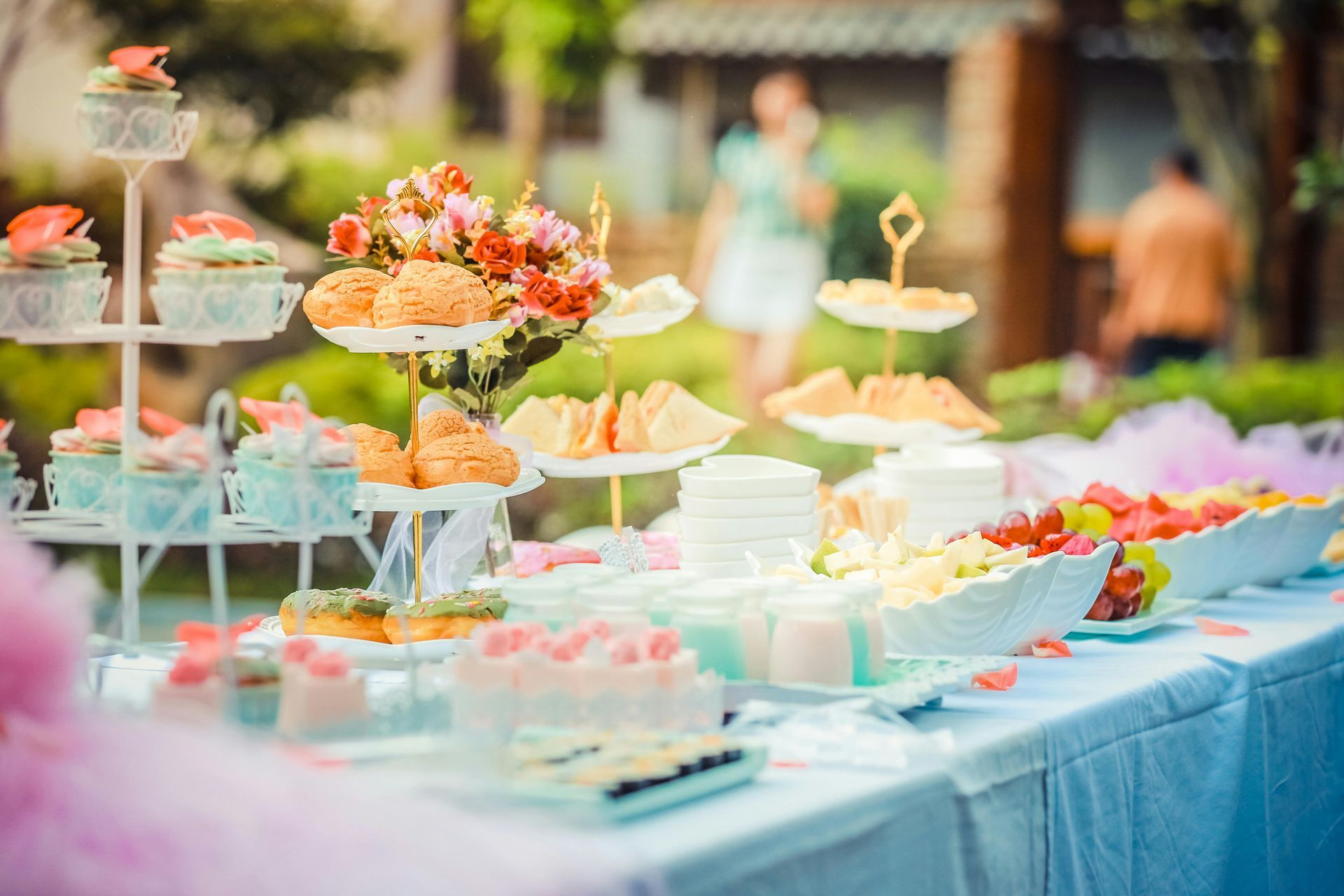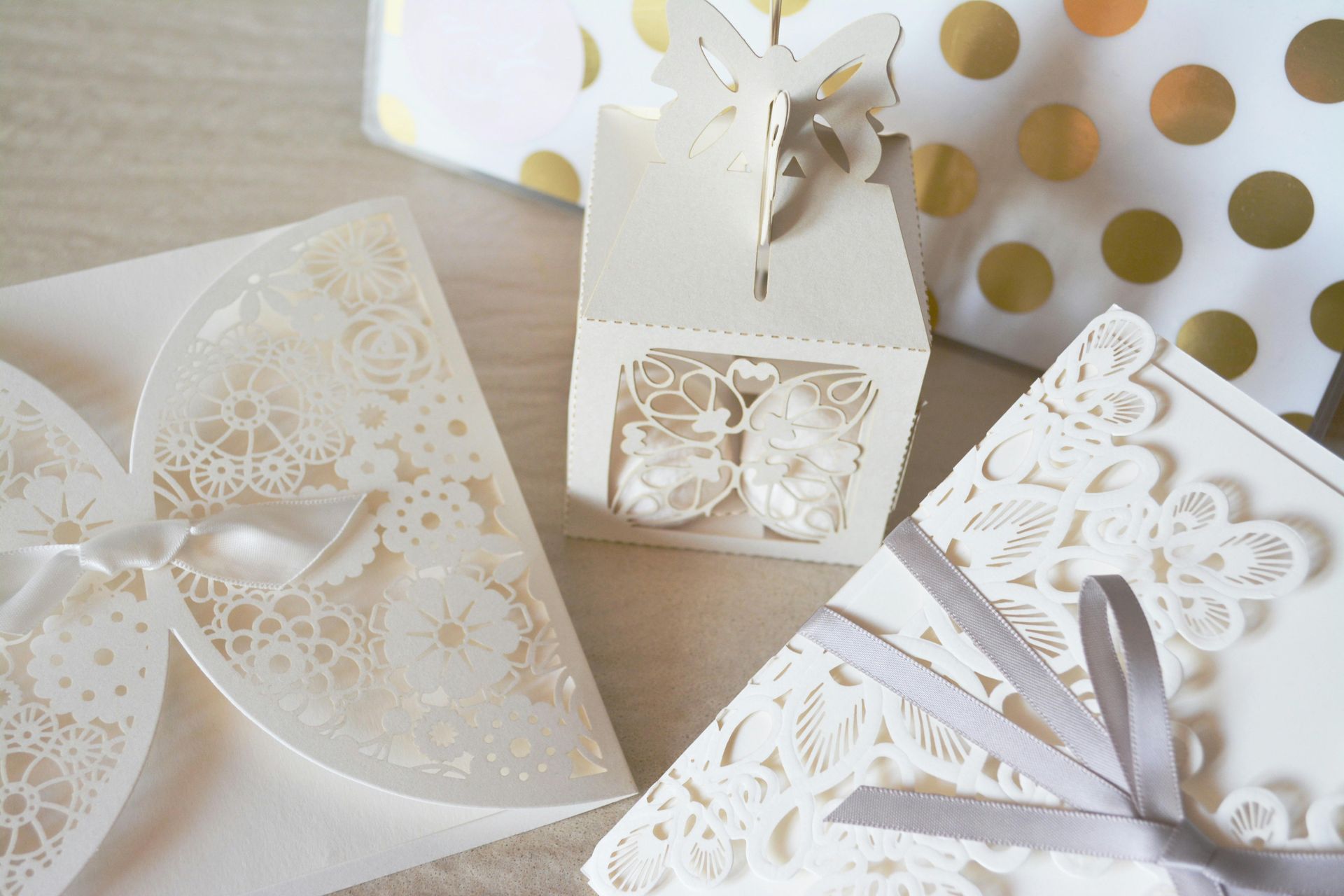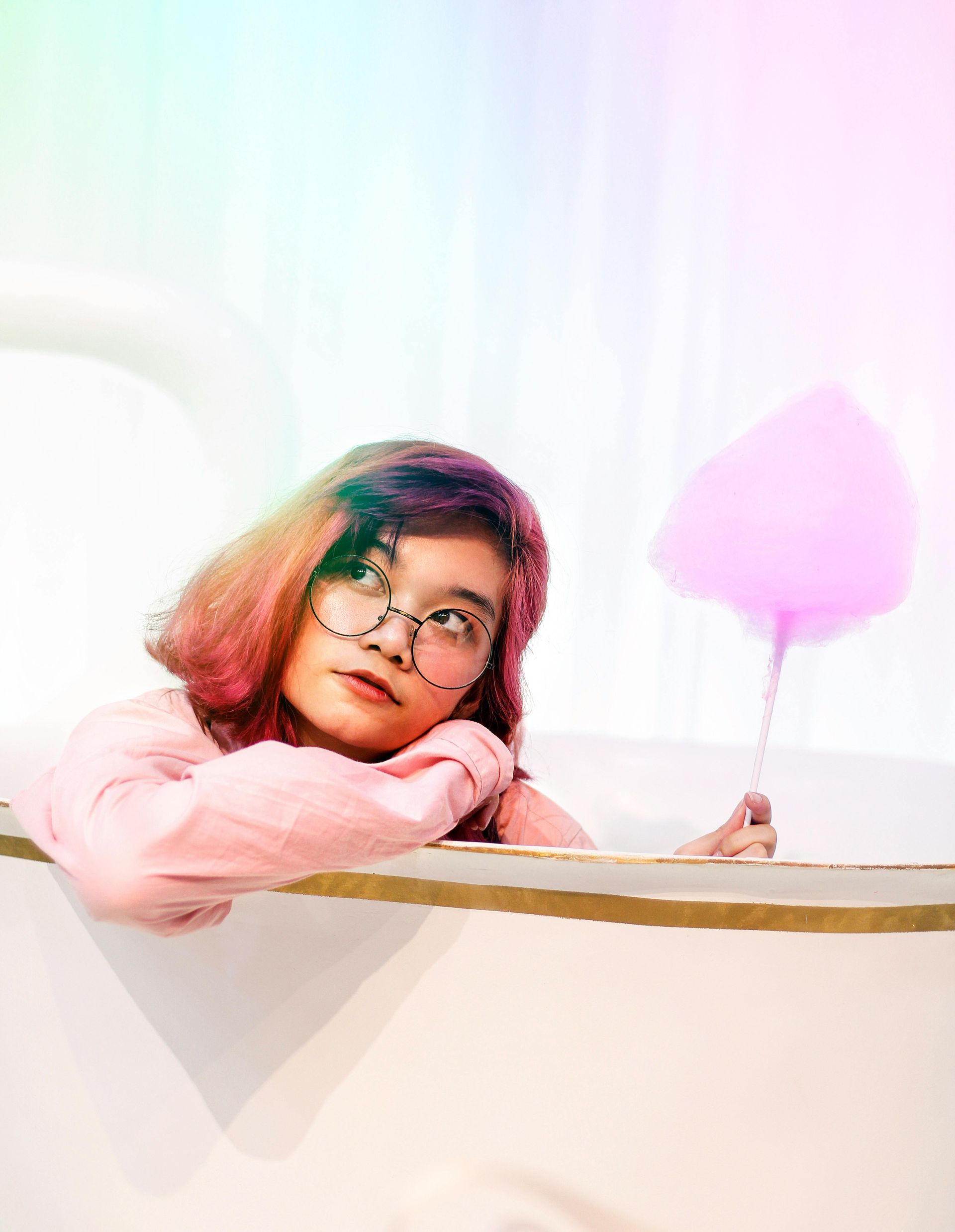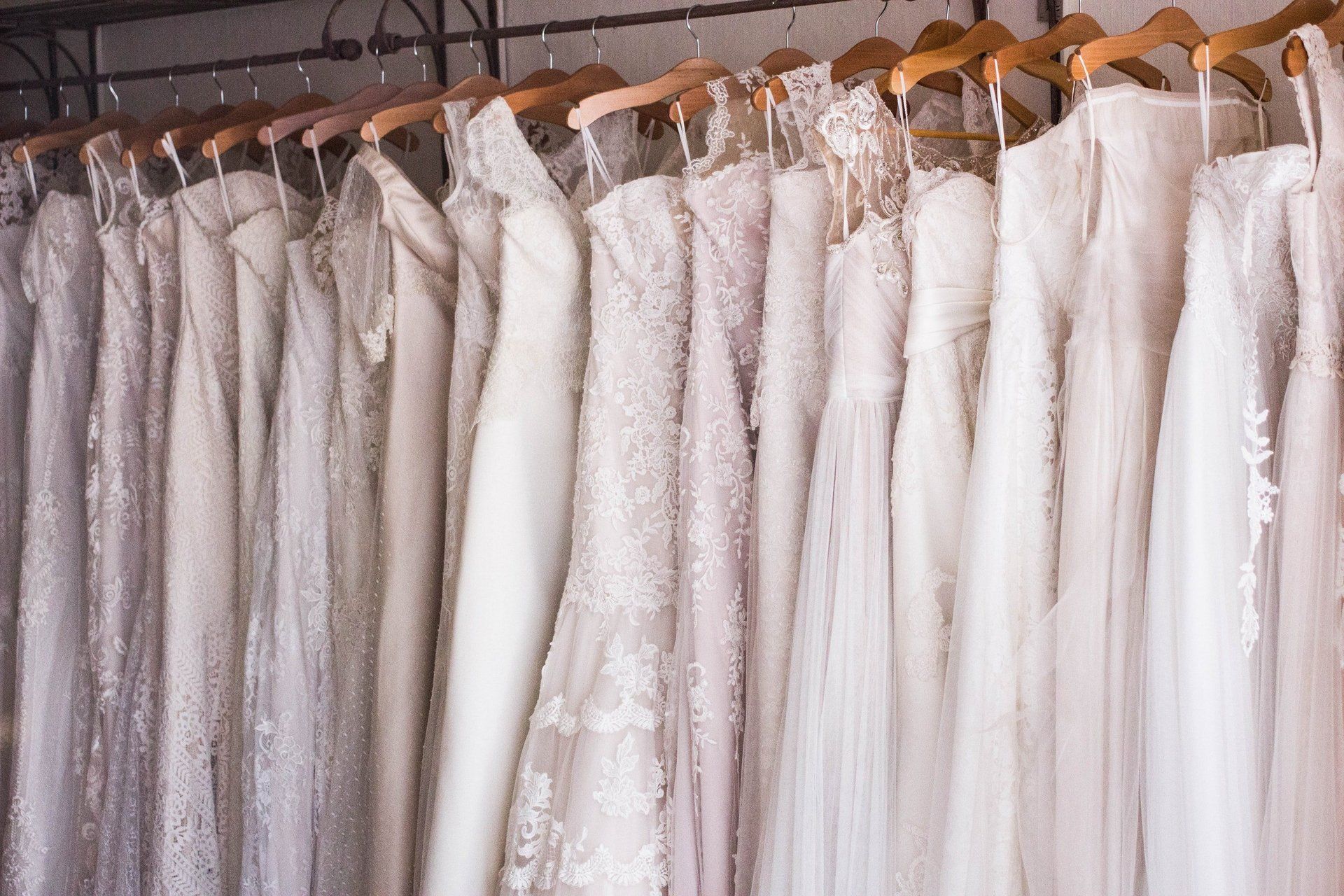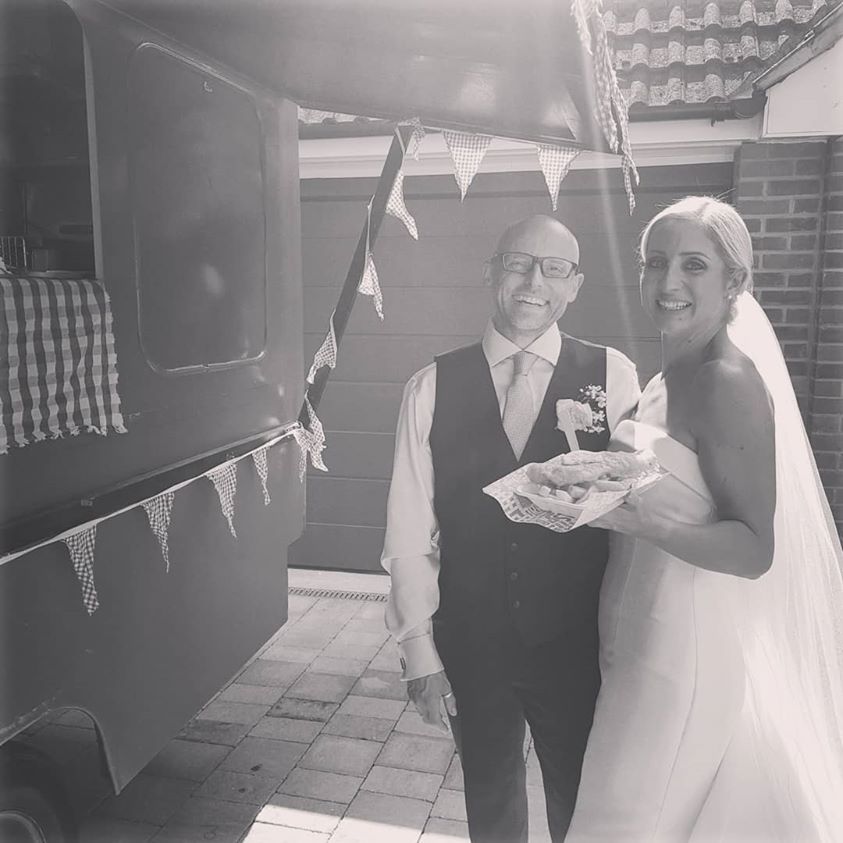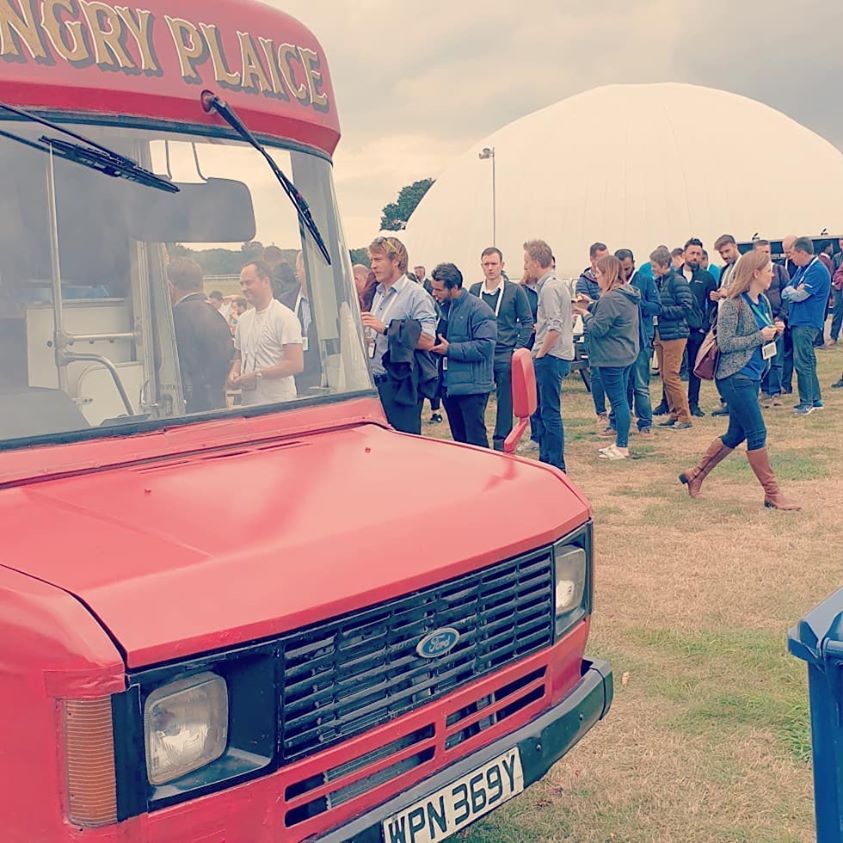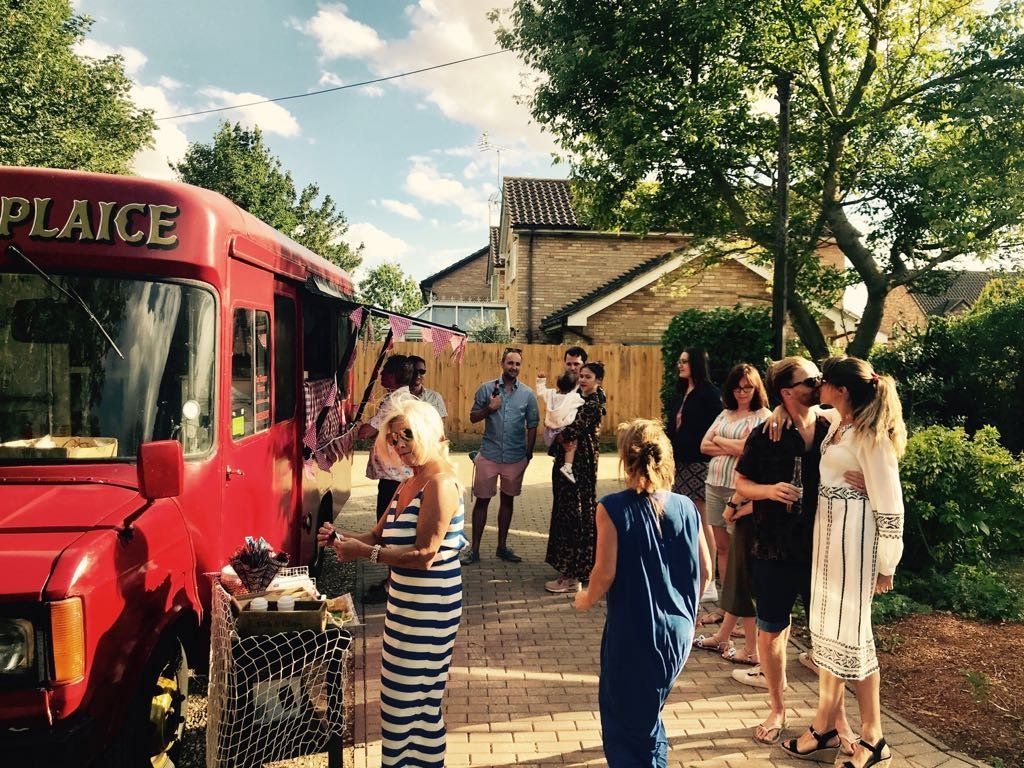The wedding dress is more than just an outfit; it’s a timeless symbol. It captures the spirit of romance and commitment, evolving through centuries of cultural shifts and fashion revolutions. From the delicate lace of bygone eras to today’s luxurious minimalist designs, each choice tells a story—a story steeped in meaning and tradition. For brides-to-be and wedding enthusiasts alike, understanding these styles offers a lens through which we can view not only personal milestones but also the sweeping changes in society
From Lace to Luxe: Wedding Dress Styles Through Time
Step Into Style: Coordinating Wedding Shoes Seamlessly
As we journey through the fascinating history of bridal fashion, we'll see how wedding dress styles reflect broader cultural movements and trends. Each decade brought unique influences that shaped what brides wore on their special day. The flapper-inspired silhouettes of the Roaring Twenties, for instance, marked a rebellion against traditional constraints. Similarly, contemporary designers are infusing modern sensibilities with vintage charm. Join us as we explore how these pivotal moments have created a rich tapestry of bridal wear options—each thread woven with love and significance—inviting you to discover your own narrative within this ever-evolving tale.
The Early Years: Tradition Meets Simplicity
The 19th century marked a pivotal era in wedding dress history, characterized by a blend of tradition and simplicity. During this time, most brides opted for ornate designs featuring heavy fabrics and vibrant colors. However, the landscape shifted significantly with the advent of Queen Victoria's iconic white gown in 1840. Her decision to wear white muslin was seen as revolutionary, ushering in a new norm that celebrated purity and innocence—a stark contrast to the elaborate attire typically reserved for weddings. This choice not only influenced countless brides but also embedded itself into the cultural consciousness surrounding bridal fashion.
Brides of the early 1800s often selected dresses made from lightweight materials like muslin or lace, which were not only affordable but also symbolized simplicity and elegance. Muslin's delicate texture allowed for beautiful draping while remaining accessible to many women. Lace became another favored fabric during this period, valued for its intricate beauty and craftsmanship. Its use in bridal gowns denoted wealth and sophistication, especially when combined with other luxurious materials such as silk satin. Together, these textiles showcased a harmonious balance between modesty and refinement—an aspiration that many brides strove to achieve.
The ripples of Queen Victoria’s choice extended far beyond her own wedding day; they inspired an enduring trend that prioritized white wedding dresses at the heart of matrimonial customs across Europe and eventually worldwide. The relevance of her gown grew more than merely aesthetic—it served as a symbol of love and devotion, forever altering how society viewed the wedding ceremony itself. As this simple yet transformative style gained traction among brides from various social classes, it solidified its place as an enduring emblem of celebration—a chic response to societal norms that defined femininity.
In essence, the early years of bridal fashion saw traditional artistry gracefully collide with emerging trends toward simplicity. Despite their humble fabric choices, brides were making profound statements about identity and emotional significance through their attire—a narrative that continues to evolve even today within contemporary discussions around bridal wear.
The Roaring Twenties: Flapper Influence
The 1920s brought a breath of fresh air to the world of bridal fashion, as the audacious spirit of the flapper movement redefined perceptions of femininity and style. Gone were the days when brides cloaked themselves in layers of intricate fabric and heavy embellishments; instead, this decade embraced a more relaxed approach that celebrated freedom, youthfulness, and individuality. Women across society began to seek dresses that reflected their desire for liberation and self-expression—a stark contrast to the traditional values upheld just a decade earlier. This shift allowed wedding gowns to break away from conventional designs, paving the way for innovative cuts that highlighted the bride's figure without restrictive corsetry.
Silk and satin became the go-to fabrics during this era, lending an air of sophistication while remaining comfortable enough for dancing at intimate receptions or lively celebrations. Designers such as Gabrielle “Coco” Chanel and Madeline Vionnet popularized materials that hugged curves but flowed with grace, allowing brides to both shine and move effortlessly. The introduction of backless gowns added another layer of allure; these silhouettes draped elegantly over shoulders while showcasing glamorous accessories like pearl necklaces or art deco-inspired earrings symbolizing opulence amid newfound freedoms.
Perhaps one of the most striking characteristics of 1920s bridal attire was undoubtedly its hemlines—shorter than ever before! The flapper trend saw brides adopting knee-length dresses adorned with fringe or beading that illustrated their boldness in stepping away from imposed expectations. Looser silhouettes not only signified a departure from restrictive Victorian norms but also embodied women’s burgeoning independence during the post-war era. For many brides, donning these non-traditional styles on their big day acted as both a celebration of personal autonomy and an embracing of modernity that mirrored broader social changes.
As couples scripted new chapters in their lives against a backdrop filled with jazz music and spirited parties, wedding dresses evolved into vivid expressions of personality rather than mere markers of tradition. Embracing these revolutionary ideals not only made waves in bridal fashion but laid down roots for future generations—reminding us how every stitch in time can tell tales intertwined with cultural movements through history.
Post-War Elegance: The Return to Feminine Silhouettes
The aftermath of World War II ushered in a transformative era for women's fashion, heralded by Christian Dior's iconic "New Look." Launched in 1947, this revolutionary silhouette marked a dramatic departure from the utilitarian styles that dominated wartime wardrobes. With its emphasis on luxurious fabrics, soft lines, and exaggerated femininity, Dior's design philosophy resonated with women eager to reclaim their identities and express their newfound freedom. The New Look not only influenced haute couture but also made a significant impact on wedding gown designs during the 1950s. Brides embraced the spirit of elegance that characterized this era, often opting for gowns that radiated romance and sophistication.
Typical dresses of the 1950s featured cinched waists accentuated with delicate corsetry and full skirts that could easily extend outward thanks to layers of crinoline or petticoats beneath. This playful yet refined aesthetic created an enchanting fairy tale quality that brides yearned for as they walked down the aisle. Fabric choices ranged from sumptuous satin to intricate lace embroidered with pearls or sequins, capturing light in ways that made every bride feel like royalty on her special day. Iconic examples include Grace Kelly’s stunning gown designed by Helen Rose for her marriage to Prince Rainier III of Monaco in 1956—a masterpiece crafted from silk taffeta featuring billowing sleeves and an elaborate train that continues to inspire designers today.
The cultural implications surrounding the embrace of these classic silhouettes were complex yet profound. After years defined by war and hardship, returning to traditional femininity signified more than just a fashion statement—it represented a collective longing for stability and security amidst shifting societal norms. Women sought comfort in portraying themselves through dresses that aligned with preconceived notions of beauty; curly hairstyles and polished makeup were often paired with these voluminous creations—further solidifying the gender roles prevalent at the time while providing an escape into glamourous fantasy.
In modern times, as we reflect on this resurgence of feminine glamour post-war, it becomes clear how much those influences shaped current bridal aesthetics. Today's brides can draw inspiration from vintage designs while weaving personal narratives within them—whether by incorporating elements reminiscent of Dior’s voluptuous creativity or opting for sleek adaptations that pay homage to mid-century opulence without compromising individuality. As history repeats itself in waves, one finds evidence everywhere: in trends echoing past eras or in personalized dresses that allow women once again to revel in femininity as they celebrate love amidst friends and family.
Bohemian Vibes: The 1970s Revolution
The 1970s brought a breath of fresh air to wedding dress styles, challenging the rigid norms established in previous decades. With the backdrop of counterculture movements advocating freedom and individuality, brides began to embrace unique designs that were a reflection of their personal style rather than strict traditions. Gone were the days when every bridal gown seemed like a carbon copy of one another; this era celebrated expression through flowy fabrics and intricate details that conveyed a spirit of liberation and creativity.
Flowing silhouettes took center stage during this revolutionary period, with materials such as chiffon and soft cotton dominating the scene. Brides looked for comfort without sacrificing emotional impact, opting for light fabrics that allowed movement and ease. Many dresses featured romantic bell sleeves that added a bohemian flair, evoking images of nature and femininity intertwined. Floral motifs blossomed everywhere, symbolizing love and growth—the perfect adornment for an event meant to celebrate new beginnings in both marriage and life.
The shift towards individuality was further defined by non-traditional elements, as brides began incorporating unique accessories into their bridal ensembles. Flower crowns emerged as an iconic accessory during this time—perfectly complementing those flowing dresses while embodying the natural ethos many women aimed to reflect on their special day. Beaded headpieces, layered necklaces, or even ankle boots became choices that bore personal significance rather than simply following fashion dictates.
In essence, the 1970s marked a clear departure from conformity in bridal fashion. As women sought ways to break free from societal expectations, especially post-Vietnam War where freedom seemed more desirable than ever before, they began curating looks that felt authentic to them as individuals. This rebellious sense spilled over into wedding attire—a beautiful representation of love in its diverse forms—setting the stage for future generations to follow suit in celebrating authenticity with open arms.
Modern Minimalism: A Shift Toward Simplicity in the 2000s
As we entered the new millennium, a breath of fresh air swept through bridal fashion, heralding a return to minimalist aesthetics characterized by sleek lines and timeless elegance. This movement was a stark contrast to the ornate embellishments and extravagant ball gowns that had previously dominated. Brides began to gravitate toward modern minimalism, featuring dresses designed with simplicity at their core—clean silhouettes that accentuated the figure without excessive adornment. Fabrics such as silk satin and crepe became popular choices, conveying both sophistication and understated opulence.
The wave of minimalism found advocates among iconic designers like Oscar de la Renta and Vera Wang, who played pivotal roles in shaping this trend. While Wang introduced stunningly simple gowns adorned with delicate lace or subtle details, de la Renta's creations embraced modern femininity by blending traditional craftsmanship with contemporary design principles. The hallmark of these dresses lay in their ability to empower brides, allowing their innate beauty and individual style to shine through—a welcome departure from overly fussy designs that masked one's true self behind layers of fabric.
Celebrity influence also played a crucial role in solidifying modern minimalism’s popularity among brides-to-be. Notable weddings such as Kate Moss’s unconventional yet effortlessly chic gown featured sheer layers and flowing lines that epitomized ease while still making a strong statement. Likewise, Solange Knowles's bold decision to wear an ivory jumpsuit for her nuptials showcased how minimal doesn’t have to mean traditional or predictable; it can be innovative and reflect personal identity just as vividly, inspiring countless brides yearning to showcase their unique flair on their special day.
Overall, modern minimalism within wedding dress styles in the 2000s marked an exciting evolution in bridal fashion—a celebration of authenticity married with classic sophistication. This trend has continued to resonate with contemporary brides seeking elegant but unfussy options that honor tradition while embracing individuality. As more couples prioritize personal expression over rigid conventions, it's a movement likely destined to leave an indelible mark on the future landscape of wedding attire.
Vintage Revival: Bringing Heirlooms into Contemporary Design
The resurgence of vintage-inspired wedding gowns has captivated brides-to-be, blending nostalgia with modern aesthetics. Contemporary designers have embraced this trend by skillfully integrating timeless elements from eras past into their collections. For example, acclaimed designer Claire Pettibone often incorporates delicate lacework and intricate embroidery that harkens back to the Art Nouveau period, creating dresses that resonate with both history and elegance. Designers like Reem Acra take inspiration from 1950s silhouettes while infusing playful colors and textures, proving that vintage elements can be reimagined in fresh and exciting ways.
Incorporating family heirlooms into bridal attire offers a beautifully personal touch to modern weddings. For brides looking to honor their loved ones, something as simple as using pieces of fabric from a grandmother's gown to create a custom sash or lining can weave cherished memories into the present moment. Other innovative ideas include repurposing old jewelry—like a beloved brooch worn by an ancestor—as part of the bridal bouquet or attaching it to the dress itself. These thoughtful additions not only celebrate family legacies but also connect generations through shared traditions.
Nostalgia plays a crucial role in shaping today’s bridal fashion decisions. Brides increasingly seek authenticity in their choices and often find comfort in styles reminiscent of bygone days. As they plan for one of life's most significant events, many gravitate towards designs that evoke sentimentality while making them feel uniquely beautiful on their special day. This shift highlights how wedding fashion is no longer merely about following trends; rather, it's about connection—both personal and emotional—that transcends time.
With the wave of vintage revival continuing to sweep through the bridal industry, couples are reminded that every detail carries meaning. By embracing heirloom pieces and incorporating vintage vibes into modern designs, today's brides create love stories steeped in history while celebrating their own unique journeys toward marriage. Through this blend of old and new, they craft moments that will undoubtedly become cherished memories for years to come—a true testament to the enduring power of tradition in contemporary weddings.
Sustainable Fashion Trends: Eco-Friendly Bridal Wear
As the world continues to grapple with environmental challenges, the bridal fashion industry is undergoing a notable transformation, shifting towards sustainable practices in wedding dress design. Today’s brides are increasingly seeking gowns that not only embody their personal style but also reflect a commitment to eco-conscious choices. This growing demand has prompted designers and brands to reimagine traditional wedding attire, embracing materials and processes that prioritize sustainability without sacrificing elegance or creativity.
In recent years, materials such as organic cotton, Tencel, recycled polyester, and even mushrooms have gained popularity among environmentally-minded brides. Brands like Reformation and BHLDN offer stunning designs crafted from these sustainable fabrics, ensuring that eco-friendliness aligns harmoniously with aesthetic appeal. For instance, Reformation’s “Eco Bride” collection features beautiful dresses made from lightweight fabrics dyed using non-toxic methods—a perfect blend of style and sustainability. This trend encourages the notion that brides no longer need to compromise on artistry while adopting an environmentally responsible approach.
Leading the charge in eco-conscious bridal fashion is renowned designer Stella McCartney. Her brand exemplifies luxury paired with sustainability; her collections feature innovative designs made from biodegradable materials and incorporate cruelty-free practices throughout production. Similarly, Lela Rose emphasizes responsible sourcing by utilizing upcycled materials for its elegant gowns—demonstrating that sustainability can intersect beautifully with high-fashion attributes. These trailblazing brands inspire other designers to embrace conscious craftsmanship while catering to an expanding audience dedicated to protecting our planet.
As sustainable bridal fashion gains momentum, it encourages brides-to-be to consider their impact beyond just their special day. By opting for eco-friendly wedding dresses, they not only celebrate a significant moment in their lives but also contribute positively towards the environment. Thus, the evolution of bridal wear marks a deeper cultural shift where tradition meets innovation—one where love is expressed not just through style but through mindful choices that resonate well into the future.
A Timeless Journey Through Bridal Fashion
As we have explored the evolution of wedding dress styles, it’s clear that bridal fashion is a reflection of changing times. From the delicate lace of yesteryears to the sustainable options emerging today, each era brings its own unique touch. Future trends will likely continue this path of innovation while still honoring tradition.
Ultimately, every bride deserves to feel special on her big day. Embrace your individuality and choose a gown that resonates with your journey. Celebrate not just the moment but also the rich history behind each stitch and design. Your wedding dress is more than fabric; it tells your story and connects you to generations past. So, step confidently into your future while celebrating all that has come before.
The Hungry Plaice
Vintage Fish & Chip Van And Ice Cream Van Hire
Contact Us For A Quote
Sign up to our newsletter


